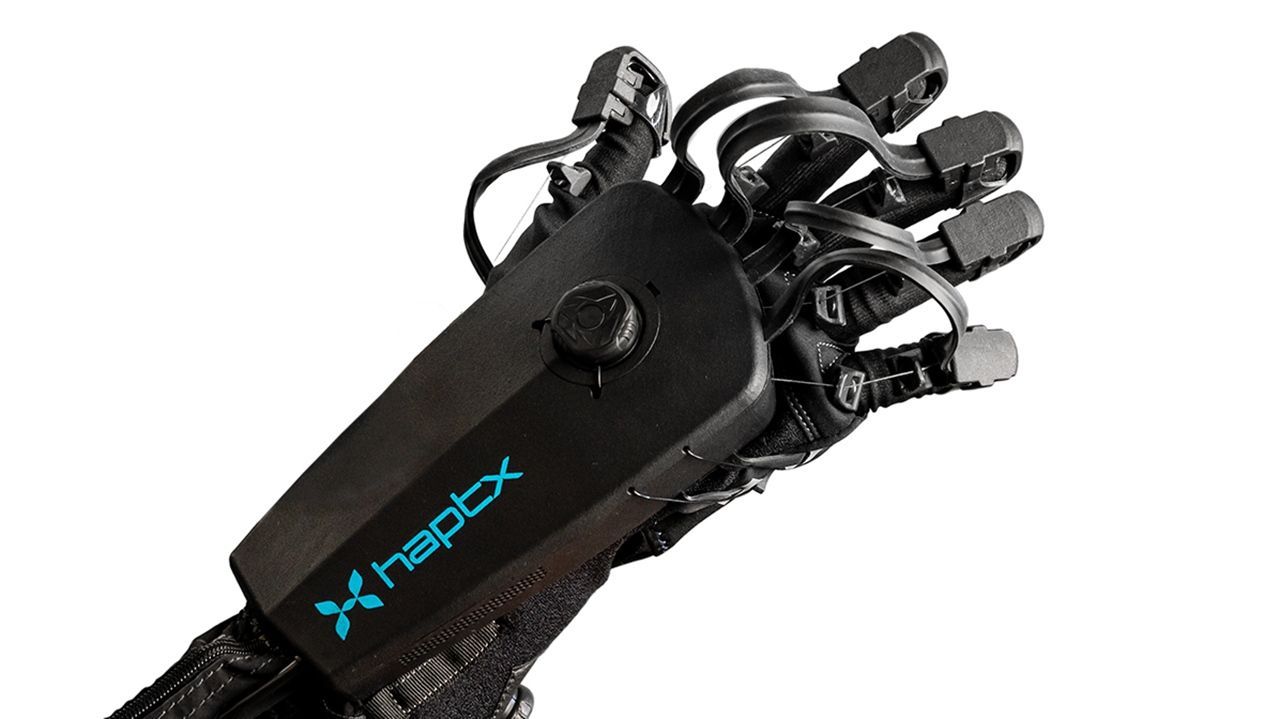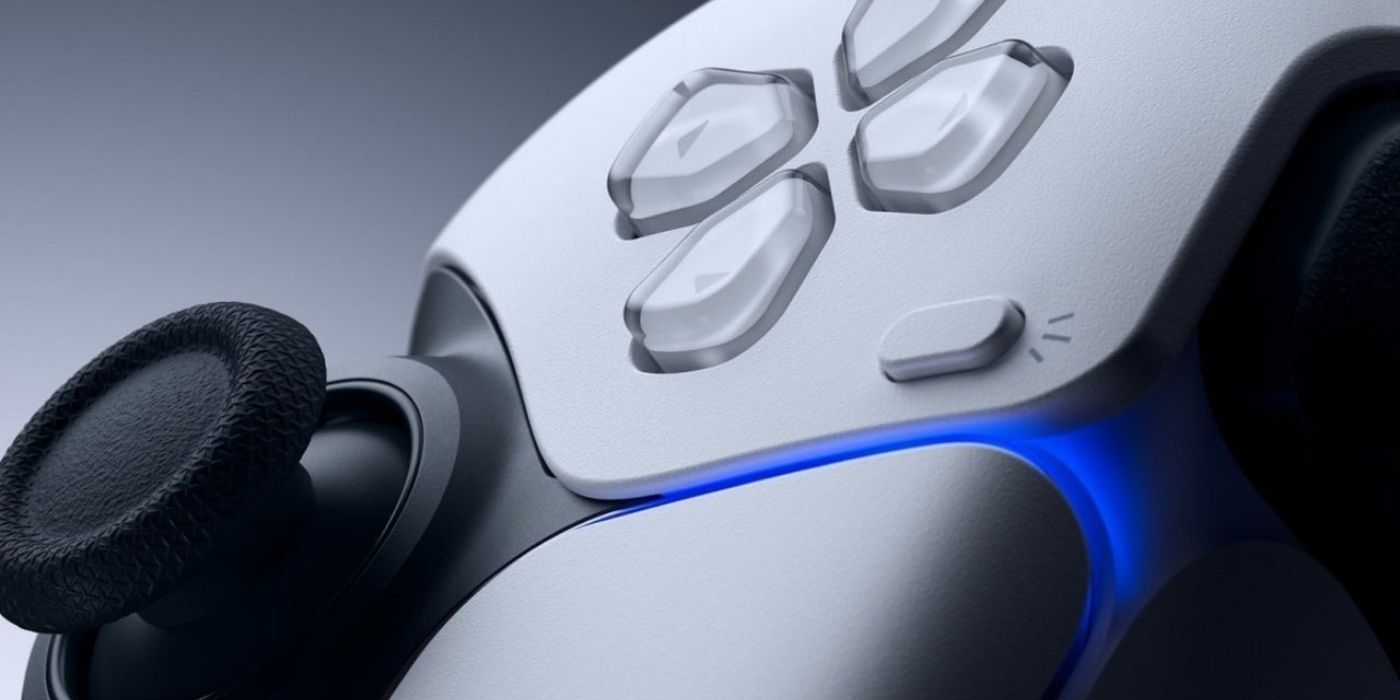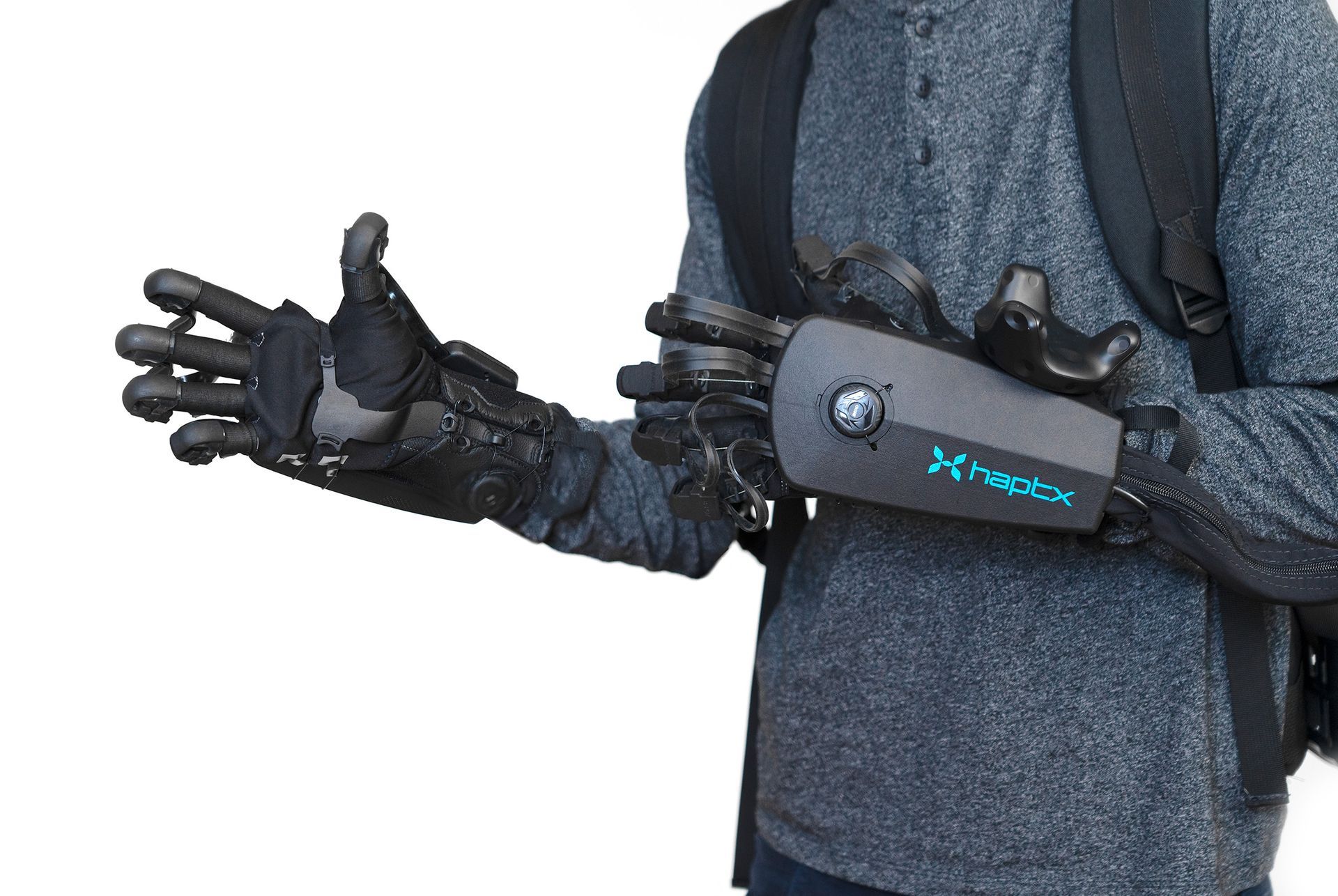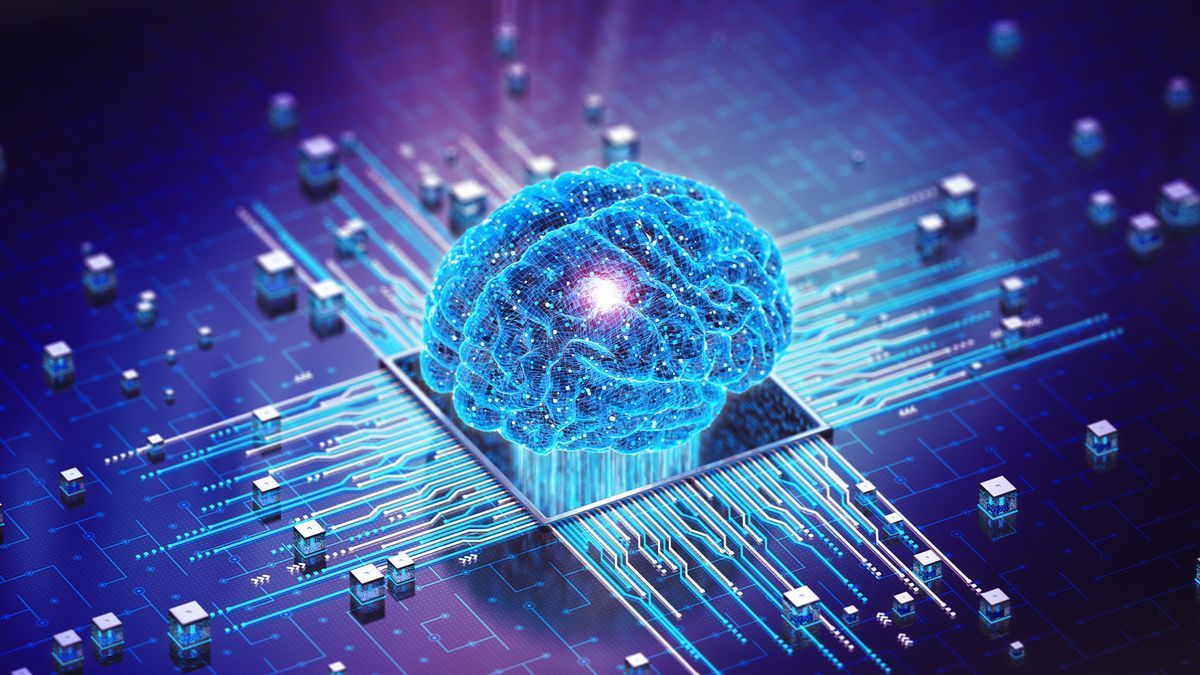
Virtual reality continues to expand, with more industries finding ways to implement the technology. As it grows in sophistication, we have started to see it combined with other emerging technologies to create brand-new effects and experiences.
For instance, haptic feedback.
Its combination with VR adds to its key goal: a feeling of immersion that takes you out of your actual physical location.
By definition, haptic feedback uses physical stimuli, such as vibration, to simulate tactile experiences.
The technology has become well known to gamers, even as it slowly expands toward other industries.
Simply put, haptic feedback adds a sense of touch to digital interactions.
It can be used to provide a variety of sensations, such as the feeling of pressing a button, the weight of an object, or the texture of a surface.
Let’s dive into some use cases.

Haptic feedback: Which products use it to enhance an experience?
Video game controllers: Haptic feedback is used in video game controllers to simulate the feeling of objects colliding, weapons firing, and other in-game actions. This is the most obvious use of haptic feedback and debuted with the Nintendo 64’s Rumble Pak controller add on in 1997.
Smartphones: Haptic feedback is used in smartphones to provide feedback when the user presses a button, scrolls through a list, or types on the keyboard. As cell phones became more ubiquitous, it also spread awareness about the technologies it brings together, including haptic feedback.
Virtual reality headsets: Haptic feedback is used in virtual reality headsets to simulate the feeling of objects touching the user's body. A fully immersive VR experience will include sensors that can translate on-screen actions with haptic feedback. In addition, some systems combine with gloves that have individual haptic sensors on each finger.
Self-driving cars: Haptic feedback is used in self-driving cars to provide the driver with feedback about the car's surroundings, such as when it is approaching an obstacle.
Medical devices: Haptic feedback is used in medical devices to provide surgeons with tactile feedback during surgery. The use of haptic feedback in medical training also includes feedback that confirms a user has done the correct action. In more advanced tools, virtual surgeons “feel” the skin they are treating while under a VR headset.

Haptic feedback: How it works
There are a number of different ways to create haptic feedback. The most common method to create haptic feedback is to use an actuator, which is a device that can create vibrations. Actuators can be made from a variety of materials, such as piezoelectric materials (materials that can generate an electric charge in response to applied mechanical stress), electromagnetic materials, and electrostatic materials.
When an actuator is activated, it creates vibrations transmitted to the user's skin. The user's brain interprets these vibrations as tactile sensations. In addition to actuators, haptic feedback can also be created using other methods, such as:
- Haptic feedback methods – Air pressure: This method uses air pressure to create a force that is applied to the user's skin.
- Haptic feedback methods – Sound waves: This method uses sound waves to create vibrations that are transmitted to the user's skin.
- Haptic feedback methods – Thermal energy: This method uses thermal energy to create a sensation of heat or cold.
Haptic feedback has a number of benefits, including:
- Haptic feedback can improve the user experience by making digital interactions more immersive and engaging.
- Haptic feedback can help users to better understand the information that they are being presented with.
- Haptic feedback can be used to provide warnings and alerts to users.
- Haptic feedback can be used to train users on how to use a particular device or system.
Haptic feedback also has some challenges, including:
- It can be difficult to create realistic and immersive haptic feedback experiences, although that has been getting better with newer iterations.
- Haptic feedback can be expensive to implement, although the more common it becomes, the less expensive it should get.
- Haptic feedback can drain the battery of a device.
Future of haptic feedback
Haptic feedback is a rapidly growing field, and there are a number of exciting new developments in the pipeline. For example, researchers are working on ways to create haptic feedback that is more realistic and immersive, and that can be used to create more engaging and interactive experiences.
Haptic feedback is also being explored for use in a wider range of applications, such as
education,
healthcare, and
manufacturing. As the technology continues to develop, it is likely to play an increasingly important role in our lives.




